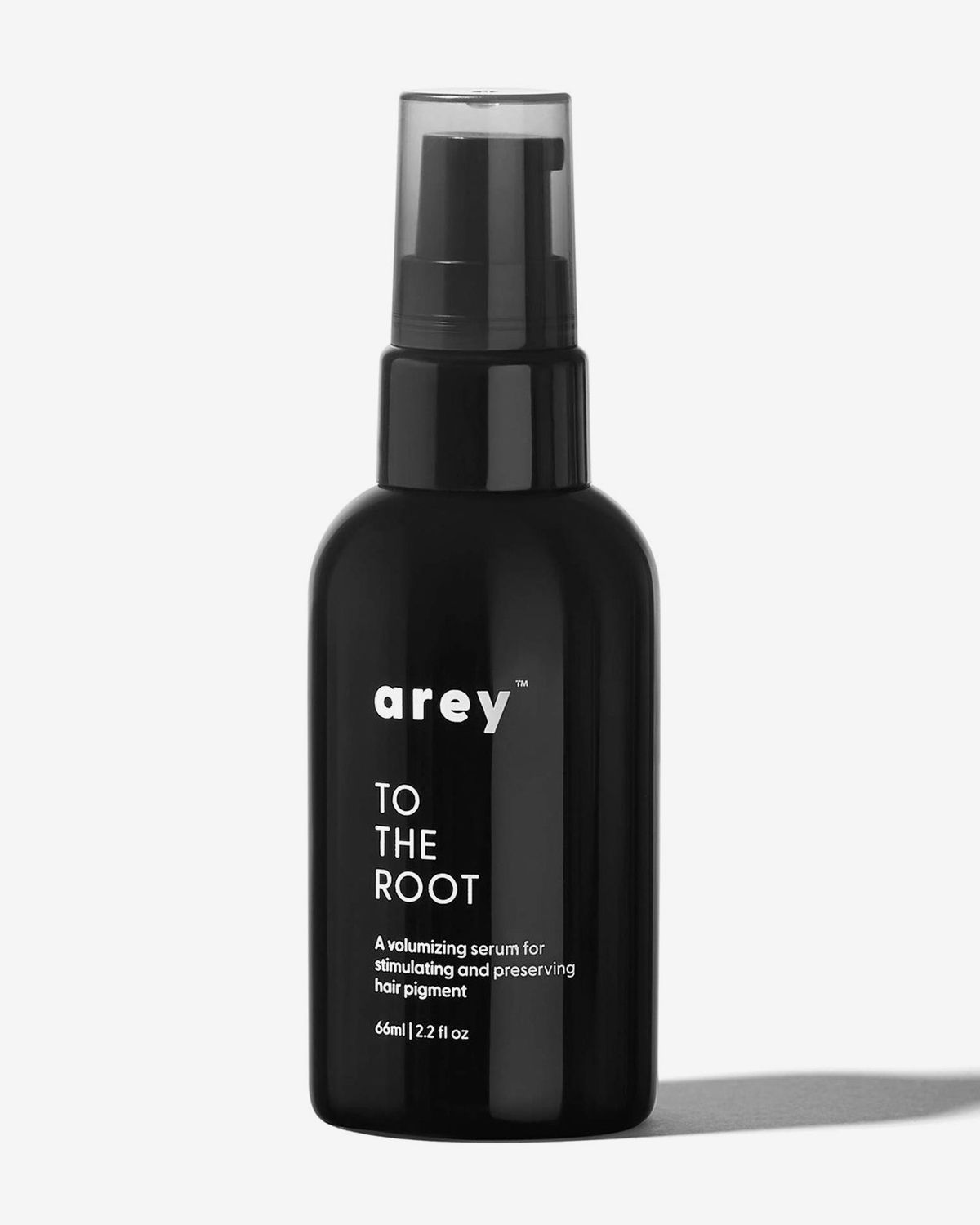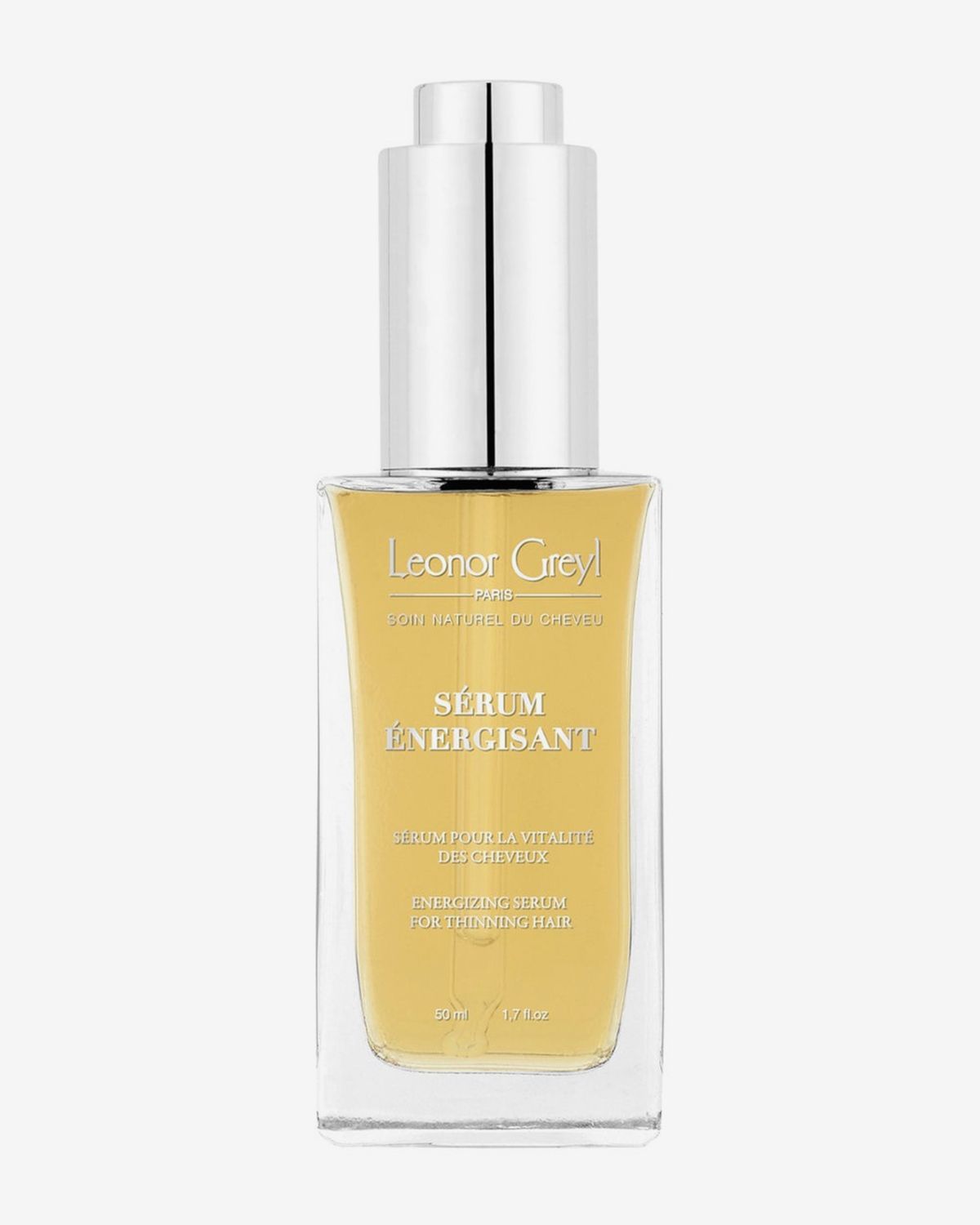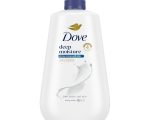The original post is located at www.elle.com
At a recent dinner, my friends and I started splitting hairs. One friend regaled us about a dream she had, where she plucked one wiry gray hair, only for more to pop up and multiply before her eyes. Another pointed to her brother, who’s younger than her and already squarely salt and pepper.
As my friends and I are in our late twenties, it’s not unheard of for gray hairs to start popping up, but it can be jarring. There’s nothing wrong with going gray—it’s a natural part of aging. But for those of us who might like to put off the process a little bit longer, there’s promising science on the horizon that points to being able to delay or even re-pigment hair.
Strangely, no one really understands exactly why or when we go gray. There’s no denying that for the most part, it is largely influenced by our genetics. “In our hair follicles, there’s what we call the hair follicle pigmentary unit. It has melanocytes, the cells that produce melanin, the brown pigment in our skin,” says Dr. Ife Rodney, a dermatologist based in Maryland. “As we age, the melanocytes reduce in those pigmentary units,” meaning that as melanin production slows, hair begins to gray.
Aside from age, other factors play a role in the graying process, especially for people who start going gray at an earlier age. One of them is stress. “Certainly stress cannot cause hair to turn gray overnight, but stress may accelerate the demise of the melanocyte population,” says Dr. Hadley King, a dermatologist in New York City. She explains that stress hormones like cortisol might also cause inflammation that leads to free radicals which could impact melanin production. King notes that smoking, anemia, poor nutrition, low vitamin B levels, and untreated thyroid conditions are other factors that might speed the graying process further.
Dr. King points to one Columbia University study
Dr. Rodney agrees. “I think [palmitoyl tetrapeptide-20] is a very promising ingredient,” she says. “It could possibly be especially useful in delaying the graying process. It could help to preserve melanocytes and melanin production in the hair follicles as we age. But if a particular hair is already gray, with no active melanocytes, I don’t think that it will help much. A lot more research still needs to be done to answer these questions.”
In the meantime, some brands are already blending the peptide into their product formulations. Some brands that have begun using palmitoyl tetrapeptide-20 include Vegamour, Phyto, and more. Vegamour has a hair serum and Phyto has a hair treatment, both blended with palmitoyl tetrapeptide-20 to fight grays. One brand in particular, Arey, has built their entire product line—which includes topical products like serum, shampoo, and conditioner as well as supplements—around graying hair, using palmitoyl tetrapeptide-20. “A big part of our science was understanding the scalp and the different layers of the scalp, and how to optimize the absorption of this ingredient along with other antioxidants,” says Jay Small, Arey’s co-founder. Another antioxidant Arey uses is mandarin extract, which also may help stimulate melanin production.
One important note is that products containing palmitoyl tetrapeptide-20 are meant to work on gray hair, not white hair. Once a hair has gone fully white, there’s no pigment left in the strand to work with. “You have to have something there to stimulate,” says Small. “Even if it is still at the 10 percent point. Your body is going to produce melanocytes that go into the hair follicle and they actually get pushed into the hair strand as it’s grown.” For this reason, Small stresses that Arey and products like it should be used as a preservation step, rather than a Hail Mary on white hair.
There’s still a long way to go before products can promise full hair repigmentation. Dr. Rodney says some medications, like cyclosporin, an immunosuppressive drug, have caused repigmentation in patients, but there’s still research to be done before full repigmentation is within reach. “I think in the future, I feel very hopeful that products could be made using that information [about cyclosporin], but I just don’t think there’s anything on the market now that would reliably do so,” she says. One study notes that like minoxidil for hair growth, topicals for gray hair could become more common as we know more about melanin production in hair. The study emphasizes that any repigmenting measures require an adequate number of active melanocyte stem cells to work—so it’s important to preserve the ones you have.
If you’re not gray yet but want to prevent future gray strands, there are a few steps you can take in your day to day. “In general, I would recommend a predominantly plant-based diet rich in antioxidants,” says Dr. King, cautioning against taking high doses of supplemental antioxidants. Dr. Rodney points to some anecdotal reports that vitamin B supplements might help prevent impending grays. Arey has their own supplements made with vitamin B that aim to slow pigment loss.
Will my friends and I be able to stop our hair from going prematurely gray? Maybe not, but knowing there are steps we can take to help delay the process might just ease our stress (and in turn, potentially delay it even further).












